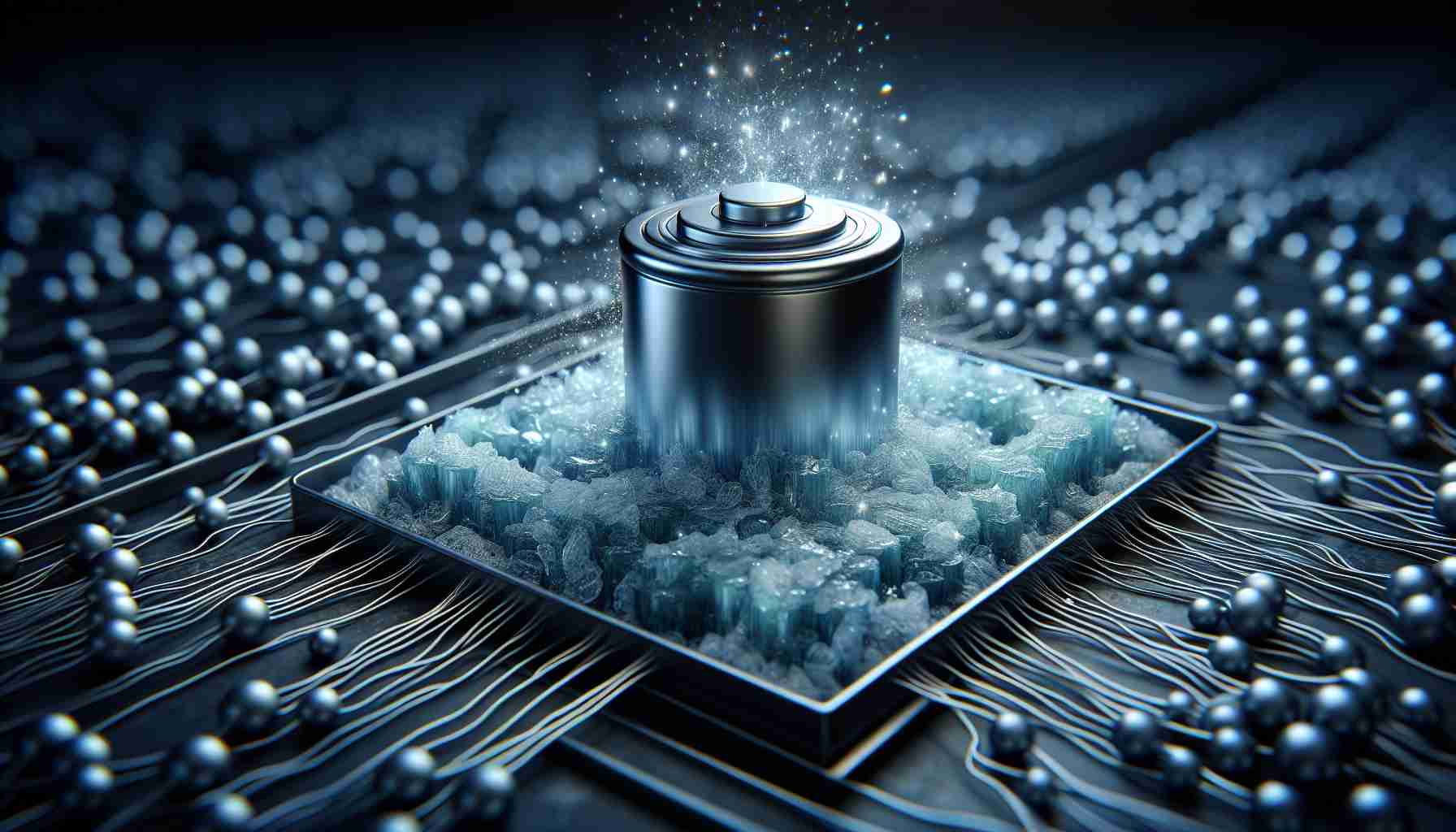Researchers from POSTECH have developed a groundbreaking lithium-ion battery with silicon micro particles and gel polymer electrolytes, significantly increasing energy density and stability. This innovation addresses the challenges associated with the expandability of silicon and could lead to electric vehicles with longer battery life and greater efficiency.
Title: Breakthrough in Silicon-Based Battery Technology
At this year’s Consumer Electronics Show (CES) in 2024, the spotlight was on breakthrough achievements in artificial intelligence and healthcare. However, battery technology is what is changing the game in these innovations, enabling greater energy efficiency. In particular, electric vehicles are where this technology is being most intensively applied.
Today’s electric cars can travel about 700 km on a single charge, while researchers strive to create a battery with a range of 1000 km. Scientists are eagerly exploring the use of silicon, known for its high storage capacity, as an anode material in lithium-ion batteries for electric vehicles. However, despite silicon’s potential, its practical application remains a mystery that scientists are working hard to solve.
Breakthrough in Silicon-Based Battery Technology
Enter Professor Soojin Park, doctoral student Minjun Je, and Dr. Hye Bin Son from the Department of Chemistry at the Pohang University of Science and Technology (POSTECH). They have solved the puzzle by developing an economical and highly energy-dense next-generation lithium-ion battery using silicon micro particles and gel polymer electrolytes. This work was recently published in the journal Advanced Science.
Challenges of Silicon as a Battery Material
Using silicon as a battery material comes with certain difficulties: its expandability increases over three times during charging and then contracts back to its original size during discharging, significantly impacting battery performance. Utilizing nano-sized silicon (10-9m) partially solves this problem, but the complex manufacturing process is intricate and extremely costly, making profitability difficult to achieve.
In contrast, micro-sized silicon (10-6m) is practical in terms of cost and energy density. However, the expansion challenges of larger silicon particles become more pronounced during battery operation, placing limitations on its use as an anode material.
Innovations in Gel Polymer Electrolytes
The research team used gel polymer electrolytes in developing an economical and stable silicon-based battery system. The electrolyte in a lithium-ion battery is a key component that enables the movement of ions between the cathode and anode. Unlike conventional liquid electrolytes, gel electrolytes exist in a solid or gel state and feature a flexible polymer structure that provides better stability than their liquid counterparts.
Improving Battery Performance with Silicon Micro Particles
The research team applied covalent bonds between silicon micro particles and gel electrolytes using an electron beam. These bonds serve to disperse the internal stresses caused by volumetric expandability during the operation of lithium-ion batteries, reducing the volume changes of silicon micro particles and increasing structural stability.
The effect was extraordinary: the battery exhibited stable performance even with silicon micro particles (5μm) that were a hundred times larger than those used in traditional nano-silicon anodes. Furthermore, the silicon-gel-electrolyte system developed by the research team demonstrated ion conductivity similar to conventional batteries using liquid electrolytes, with an approximately 40% improvement in energy density. Moreover, the system developed by the team holds significant value due to its simple production process, which is ready for immediate application.
Professor Soojin Park emphasized, “We used micro-sized silicon anodes, and yet we have a stable battery. This work brings us closer to a true high-density lithium-ion battery system.”
Reference: “Formulating Electron Beam-Induced Covalent Bonds for Stable and High-Energy Micro-Sized Silicon Anodes” by Minjun Je, Hye Bin Son, Yu-Jin Han, Hangeol Jang, Sungho Kim, Dongjoo Kim, Jieun Kang, Jin-Hyeok Jeong, Chihyun Hwang, Gyujin Song, Hyun-Kon Song, Tae Sung Ha, and Soojin Park, 17th January 2024, Advanced Science.
This research was conducted with the support of the Independent Researcher Program of the National Research Foundation of Korea.
Sample Questions about Silicon Micro Particle-Based Lithium-ion Batteries and Gel Polymer Electrolytes:
1. What innovations did the research team from POSTECH bring to the field of lithium-ion batteries?
2. What problems associated with silicon as an anode material in lithium-ion batteries were solved?
3. What are the challenges associated with using silicon as a battery material?
4. What are the innovations in gel polymer electrolytes?
5. How did the research team improve battery performance using silicon micro particles?
Key Terminology and Jargon Definitions:
– Lithium-ion battery: A type of battery where the transfer of energy between electrodes occurs through the movement of lithium ions through the electrolyte.
– Silicon micro particles: Small silicon particles with a size of 10-6m used as an anode material in batteries.
– Gel polymer electrolytes: Electrolytes in a solid or gel state that feature a flexible polymer structure. Used to enhance battery stability.
– Energy density: A measure of the amount of energy that can be stored in a given system. Higher energy density means more energy stored per unit volume.
Suggested Related Links:
– POSTECH – Link to POSTECH’s main website, the university from which the research team originates.
– Advanced Science – Link to the scientific journal where the research paper was published.
The source of the article is from the blog kewauneecomet.com
